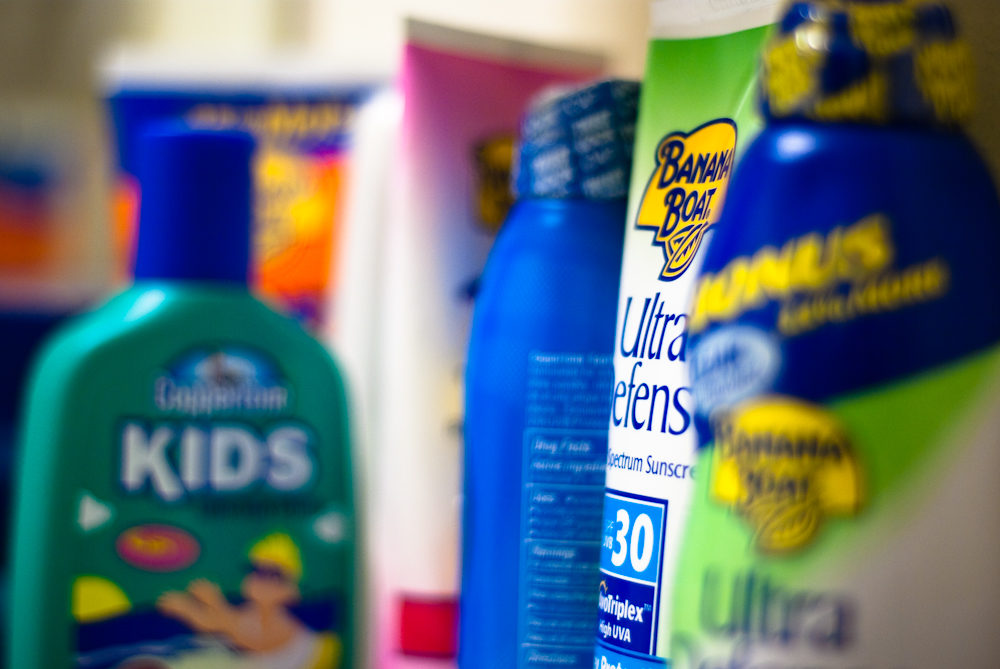New Requirements For Sunscreen Products Announced In FDA Proposed Rule

As part of an on-going effort to address long-held concerns over the lack of regulation for sunscreen products, U.S. officials have proposed new rules regarding the ingredients that can be safely used in products that are critical for reducing the risk of skin cancer among Americans.
The U.S. Food and Drug Administration (FDA) issued proposed regulations for sunscreen products on February 21, updating rules that govern the acceptable ingredients for over-the-counter products sold in stores throughout the United States.
The agency is focused on bringing over-the-counter sunscreens up to date with the latest scientific research, to help better protect consumers from sun exposure while offering safe and effective preventive sun care options.

Did You Know?
Millions of Philips CPAP Machines Recalled
Philips DreamStation, CPAP and BiPAP machines sold in recent years may pose a risk of cancer, lung damage and other injuries.
Learn More“Broad spectrum sunscreens with SPF values of at least 15 are critical to the arsenal of tools for preventing skin cancer and protecting the skin from damage caused by the sun’s rays, yet some of the essential requirements for these preventive tools haven’t been updated in decades,” said Scott Gottlieb, M.D., FDA Commissioner.
The main focus of the proposed rules is to address the active ingredients being used in sunscreens, and to emphasize safety data, dosage forms, sun protection factor (SPF), and broad-spectrum requirements.
Last May, the FDA issued a draft guidance on sunscreen, calling for manufacturers to conduct advanced testing of sunscreen to ensure the ingredients are safe for use.
There are currently 16 active ingredients that are marketed in sunscreen products. Two ingredients, zinc oxide and titanium dioxide, are generally recognized as safe and effective (GRASE). Two ingredients, PABA and trolamine salicylate, are not recognized as safe due to potential health issues. For the other 12 ingredients, there is insufficient safety data to determine if they all are GRASE. Thus, the FDA is calling on manufacturers for additional safety data on the 12 ingredients to prove that they are safe and effective.
The proposed regulations also update how products are labeled to make it easier for consumers to identify key effectiveness information regarding SPF and ingredients. The label would require a list of active ingredients on the front of the bottle. It also proposes to increase the maximum SPF on sunscreen labels from 50 to 60.
Furthermore, products with sunscreen SPF 15 and higher will be required to be broad spectrum and broad spectrum protection against UVA radiation should increase as SPF also increases.
Approved sunscreen products should come in the form of creams, sprays, oils, lotions, gels, butters, pastes, ointments and sticks. Powders are proposed as eligible, but first safety data regarding powders must be submitted. Wipes, towelettes, body washes, and shampoos would be considered as new drugs since the FDA has no data showing their safety or efficacy. Any products that combine insect repellent and sunscreen will not be considered GRASE.
Sunscreen usage has changed over the last few decades. More people are using the products more frequently and in larger amounts. Thus, it is more important for the ingredients in sunscreen to be safe and effective for consumers to protect them from skin cancer and from premature skin aging.
The FDA is seeking public comment on the proposed regulations before developing a final rule.
Get more articles like this sent directly to your inbox.
"*" indicates required fields





0 Comments